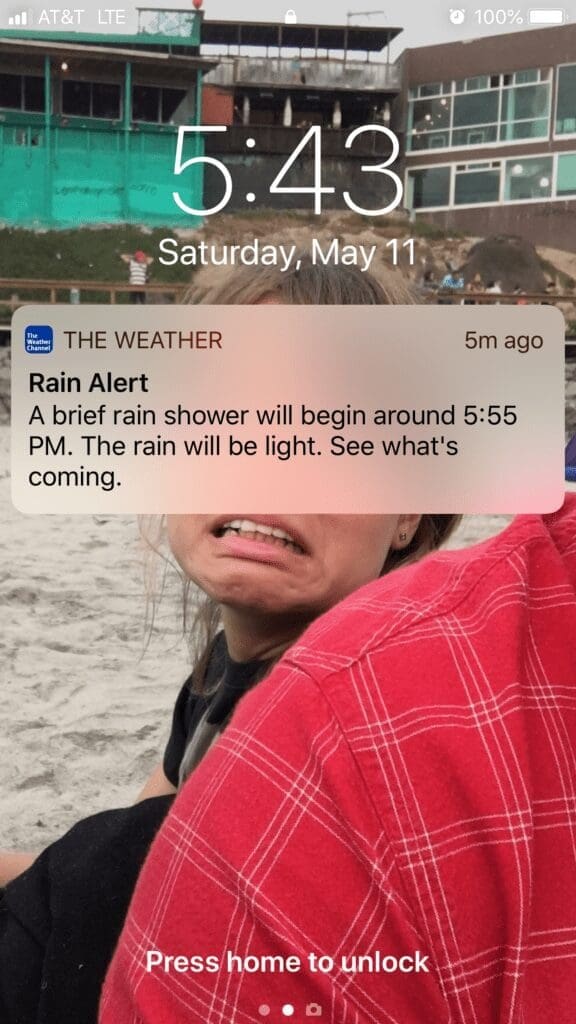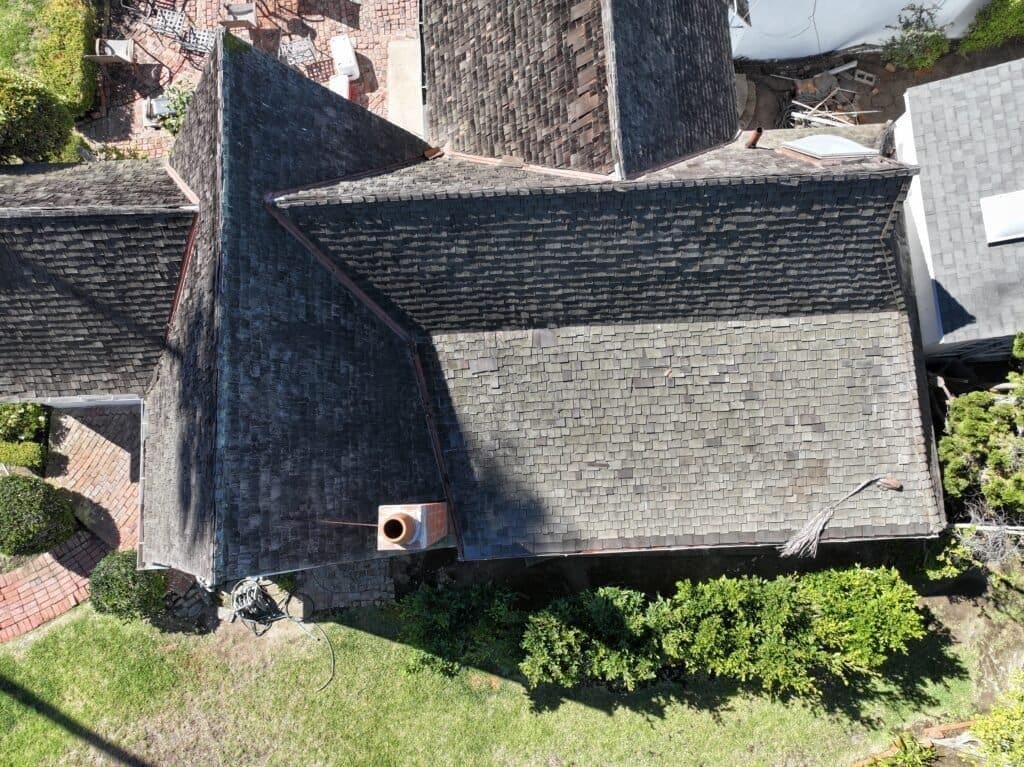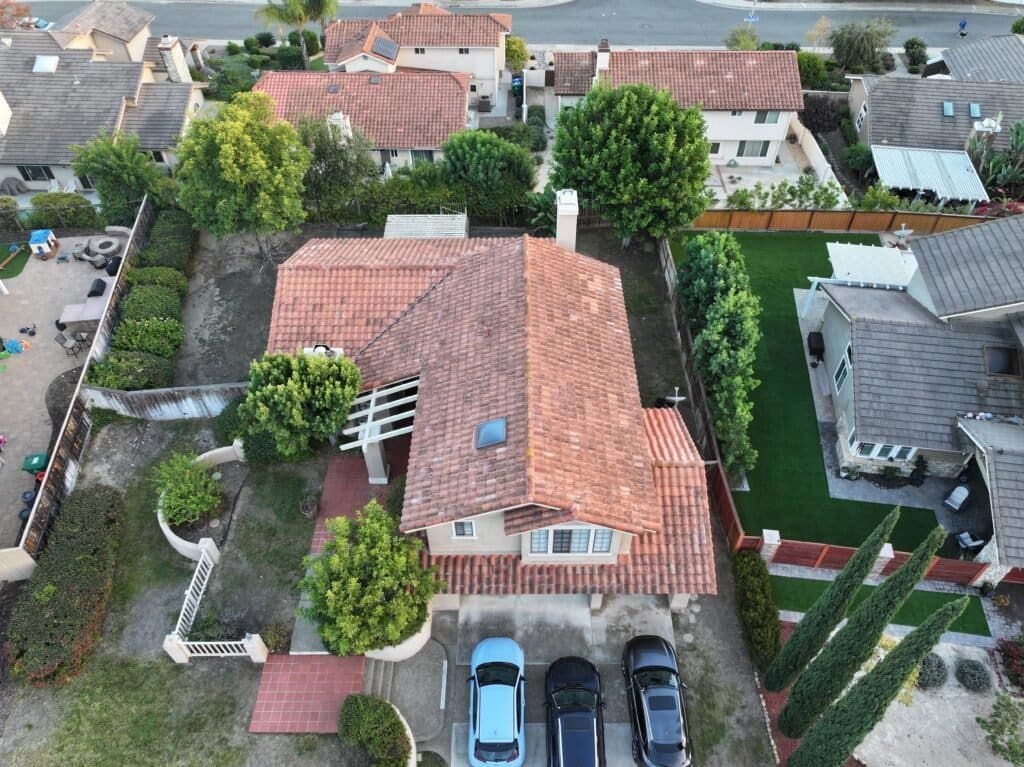
Rain During Reroofing, What Would You Do?
When it comes to reroofing, one of the biggest challenges homeowners face is the unpredictability of weather, particularly rain. This is especially true in places like San Diego, where winter rains can unexpectedly arrive. If you’re in the midst of a reroofing project and find yourself facing impending rain, here are some steps to take to mitigate any potential issues and ensure your project stays on track.
1. Assess the Situation
As soon as you notice the rain approaching, take a moment to assess your roofing materials and the current state of the project. If the roof has already been stripped down to the substrate, that’s more vulnerable to water damage. In this situation, quick action is essential.
2. Prepare Your Materials
If you’re working with a professional roofing contractor, they should have protocols in place. For DIY enthusiasts, ensure that any tarps and protective coverings are readily available. These materials can be used to cover exposed areas, preventing water from penetrating the underlying structure.
3. Secure the Area
Clear the area around the house of any equipment and materials that might be damaged by rain. Make sure that gutters and downspouts are clear to facilitate drainage. It’s crucial to prevent water from pooling around the foundation of your home.
4. Discuss with Your Roofer
If you have hired a roofing contractor, communicate with them immediately. Most reputable roofing companies, like Richardson Roofing in San Diego, are accustomed to dealing with unpredictable weather and have strategies in place to protect your roof during rain. They may decide to halt work temporarily or implement an emergency plan to safeguard the site.
5. Monitor the Weather
Stay updated with weather forecasts to track the duration and intensity of the rain. If it’s light rain, there may be less need for concern. However, heavy rains can lead to more significant problems. It’s best to err on the side of caution and listen to your contractor’s advice based on the specific conditions.
6. Follow-Up After Rain
Once the rain has subsided, assess the condition of your roof and the surrounding area. Look for signs of water intrusion or damage. It’s advisable to check that everything is dry and intact before proceeding with the reroofing project. If any issues arise, contact your contractor immediately to address them.
Conclusion
Rain during reroofing can be a stressful experience, but with proper preparation and communication, potential issues can be minimized. Remember, Richardson Roofing has been serving the San Diego community for over 33 years and is equipped to handle such weather challenges. If you’re considering a reroofing project, don’t hesitate to reach out for a free estimate. Call us at 858-284-9093 and ensure your roof is protected and ready, rain or shine.
Richardson Roofing is a licensed and fully insured roofing contractor in San Diego, and has been giving free estimates all over San Diego County since we were first licensed in 1991.
Get Your Free Roof Estimate in San Diego today!
Contact us for a no-obligation free roof estimate in San Diego. We’ll inspect your roof for free, explain your options, and provide a clear, written proposal.
Call Richardson Roofing at 858-284-9093, or fill out our convenient “Contact Us” form for a FREE Estimate. We look forward to hearing from you!


